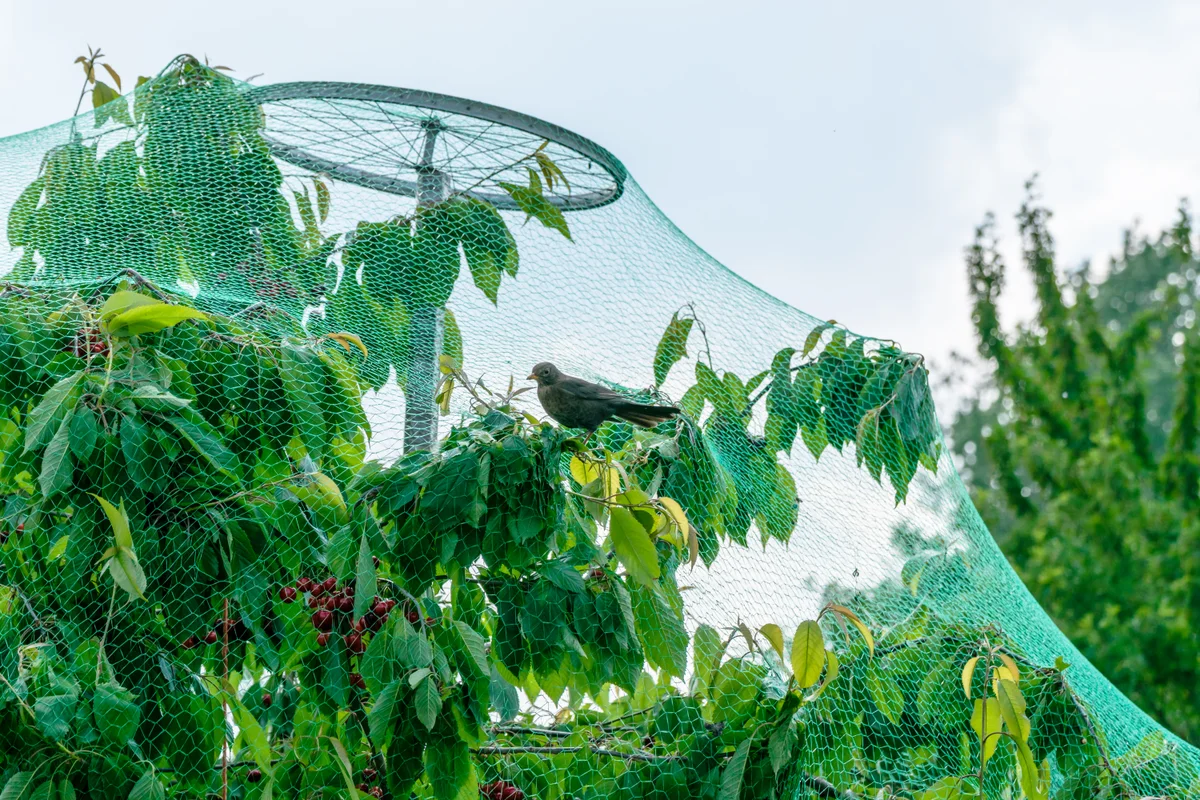November gardening tips for the Sunshine Coast
The Micro Gardener has all the info to help your garden grow. From what to plant month by month, to gardening tasks you may have forgotten, Anne Gibson has you covered.

What's happening in November?
from Anne Gibson, The Micro Gardener
November continues from last month as our fifth season in SE QLD. I call it ‘Sprummer’ as we transition from spring into summer. During November we typically expect highly changeable weather. Temperatures can warm up quickly and weather is often very unpredictable.
Some days can feel like spring but it can also be dry, extremely hot, humid, very windy or even chilly! We can get storms with heavy rain and hail or all of these conditions within a week!
This year, it’s hotter and drier than average so rain is very welcome. Based on my observations and keeping notes on patterns over 25 years, this is a time to be prepared. It can be quite confusing and challenging for gardeners and plants alike!
Follow Anne's Subtropical Planting Guide for what to plant when and garden tasks throughout the year.
Watering
Time to pay attention to watering if you haven’t had adequate rain. Watch the forecast for upcoming rain. Soaker hoses, drip irrigation and hand watering early morning can be useful ways to irrigate and keep the moisture up to plants during a high growth period. Save water where you can. As warmth and humidity increase, you’ll notice more insect and disease activity. If you haven’t already mulched your garden, this is vital to attend to.
Crop protection
You may need a variety of crop protection strategies from now until around the end of March. Shade cloth structures (e.g. made with bamboo stakes and zip ties), netting and fruit bags can help protect plants. Consider how you are going to shade vulnerable plants on hot days or design your garden so you take advantage of living shade or other structures. Have some strategies for protecting crops from torrential rain and hail, as well as strong drying and damaging winds.
What to Plant Now
Sow your leafy greens like celery, chard and lettuce under shade covers and keep up the moisture. Or sow as seeds to harvest as young microgreens. Ready in 7-21 days. Save seeds from all your herbs and vegetables to save money.
Only sow ‘Slow Bolt’ coriander if you grow as microgreens or in partial shade and consistently moist soil. Otherwise, sow the perennial Mexican Sawtooth variety to take you through summer. Perennial summer spinach varieties like Suranim, Brazilian, Ceylon, Sambung, Okinawa, Sambung/Longevity and Warrigal Greens/NZ spinach are thriving now. These all provide spinach leaves during our hot humid weather.
Sow turmeric and ginger with the moon cycle along with other root crops like beetroot, carrots, sweet potato, yakon and radish. Asian greens, basil, snake beans, capsicum, celery, chilli, chives, choko, cucumber or cucamelons, eggplant, kale, leeks, melons, mustard, okra, oregano, parsley, pumpkin, rosemary, sage, sorrel, spring onions, thyme, tomatoes and warrigal greens. Include lots of flowers for beneficial insects. Try dianthus, cosmos, marigolds, salvias and sunflowers.
Swap to heat-tolerant ‘loose leaf’ lettuce varieties like ‘Salad Bowl Red’ or ‘Green’; ‘Little Gem’ and ‘Parris Island’ Cos; ‘Royal Oakleaf’, ‘All Seasons’ and ‘Summer Harvest’ that are slow to bolt. Lettuce grows well in partial shade or just a couple of hours of early morning sun. It needs constant moisture for fast growth. Self-watering container gardens are ideal for all leafy greens and many herbs. Find or create a suitable microclimate and succession plant for lots of luscious leaves.
Take cuttings during the new moon cycle and propagate plants for quick root development. Who doesn’t love free plants?!
Garden Tasks
- Sow warm-season seedlings for Christmas and summer salads. Sow seeds as microgreens for quick picks.
- Check fruit fly traps. Re-bait as necessary. Install bee and bird baths for hot weather.
- Fertilise fruit trees and fruiting crops during the growing season. Mulch well.
- Make compost and apply mulch to all pots and plants.
- De-sucker bananas, feed and water. If harvesting, wear old clothes as the sap stains!
follow themicrogardener.com for more top tips